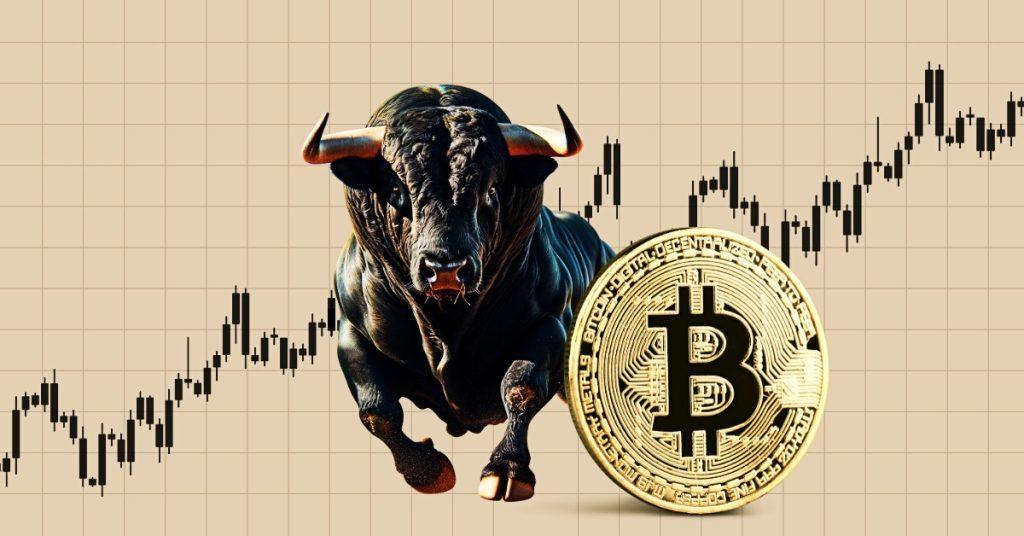
Decline in Tether’s Market Capitalization Since Late 2022
Decline in Tether’s Market: The cryptocurrency market has always been known for its volatility and unpredictability. However, since late 2022, Tether, one of the most widely recognized stablecoins, has experienced a significant decline in its market capitalization—a trend that has captured the attention of both investors and industry experts. In this blog post, we will delve into the reasons behind this unexpected downturn and its potential implications for the broader cryptocurrency landscape.
Understanding Tether and Its Importance
Tether (USDT) is a type of stablecoin pegged to the US dollar’s value. This means that for every USDT in circulation, an equivalent amount of US dollars is supposed to be held in reserve. Tether has been instrumental in providing liquidity to cryptocurrency markets and has been widely used as a safe haven during times of high volatility.
The Sudden Decline

Despite its previous stability and widespread use, Tether’s market capitalization began to show signs of decline toward the end of 2022. Various factors contributed to this downturn, including regulatory pressures, changes in investor sentiment, and broader market trends.
- Regulatory Scrutiny: Increased regulatory scrutiny and investigations into Tether’s reserve practices have raised concerns among investors. Questions regarding the transparency and adequacy of Tether’s reserves have led to a loss of confidence, prompting some users to seek alternatives.
- Market Competition: The rise of other stablecoins, such as USD Coin (USDC) and Binance USD (BUSD), has introduced significant competition. These alternatives are often perceived to have higher transparency and stronger regulatory compliance, attracting users who might have otherwise chosen Tether.
- Market Volatility: The overall volatility of the cryptocurrency market has also played a role. During periods of sharp market downturns, investors might liquidate their holdings, including stablecoins like Tether, in favor of cash or other assets.
Potential Implications
The decline in Tether’s market capitalization has several potential implications for the cryptocurrency market:
- Market Liquidity: As Tether’s dominance diminishes, there could be shifts in market liquidity. Other stablecoins might see increased adoption, potentially altering the dynamics of cryptocurrency trading.
- Investor Confidence: A decline in one of the most prominent stablecoins could shake investor confidence. This could lead to increased caution and slower adoption rates for other cryptocurrencies and stablecoins.
- Regulatory Changes: The situation may prompt regulators to introduce more stringent guidelines for stablecoins, ensuring greater transparency and consumer protection.
Conclusion
The decline in Tether’s market capitalization since late 2022 is a notable development in the world of cryptocurrencies. While the exact future of Tether remains uncertain, it is clear that the factors contributing to its downturn are multifaceted and indicative of broader trends within the cryptocurrency ecosystem. As the market continues to evolve, both investors and industry participants will need to stay informed and adaptable to navigate these changing dynamics effectively.
[sp_easyaccordion id=”5511″]







